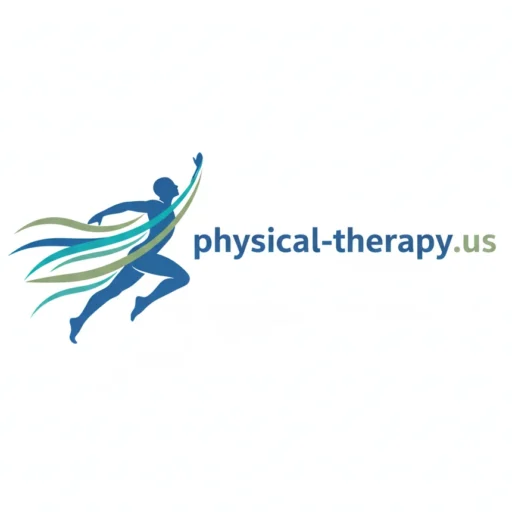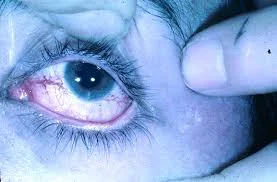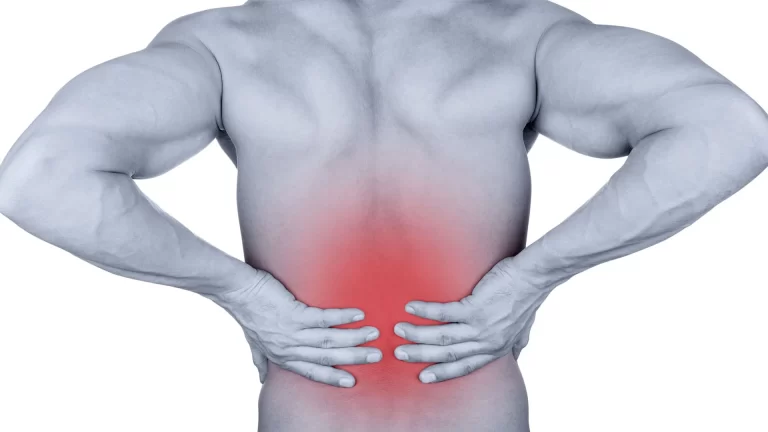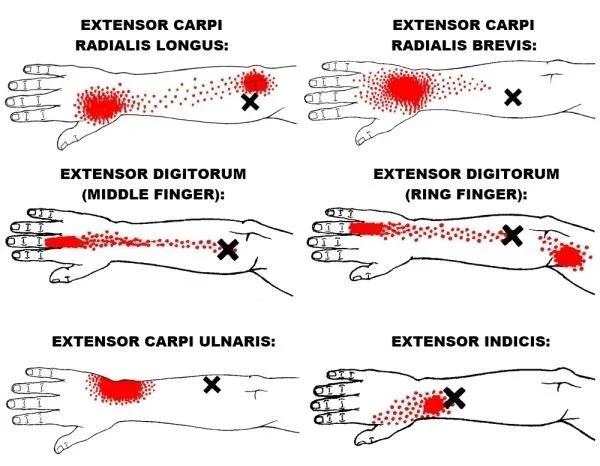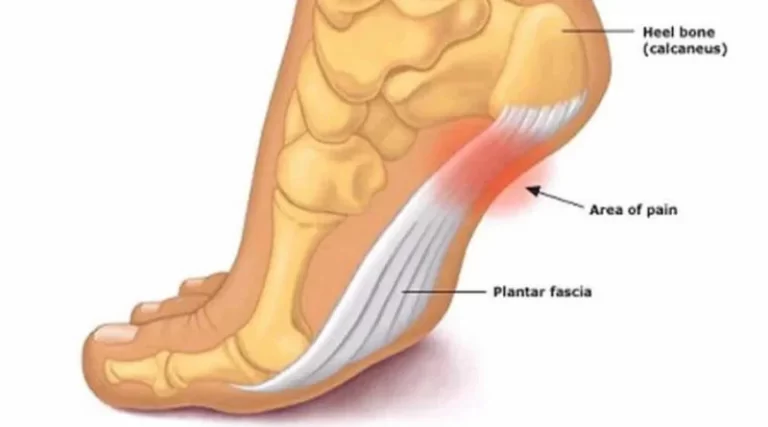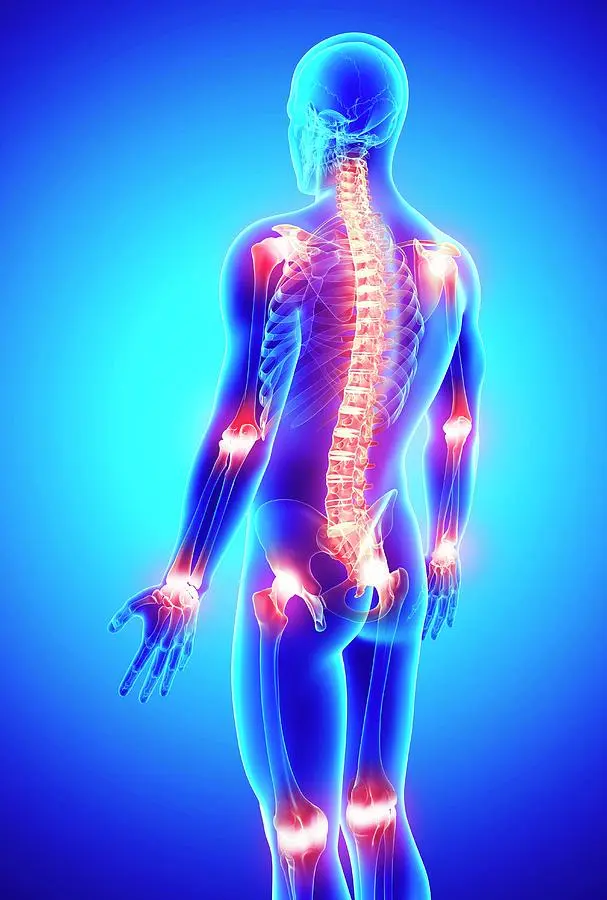Ataxia-Telangiectasia
Ataxia-telangiectasia: what is it?
Ataxia-telangiectasia (A-T), also known as Louis-Bar Syndrome, is an uncommon genetic illness that affects the immunological, neurological, and other body systems. When cells in your body’s central nervous system gradually quit functioning, it’s known as a neurodegenerative disease.
Ataxia, or difficulty with movement and coordination, is the most prevalent symptom of A-T, and it usually starts in early childhood. The disorder known as telangiectasia is characterized by tiny collections of narrowed blood vessels in the skin and eyes.
Alternative Terms for This Illness;
- A-T Syndrome of Ataxia Telangiectasia
- ATM
- Louis-Bar syndrome
- Cerebello-oculocutaneous telangiectasia
What’s the cause of ataxia-telangiectasia?
Mutations in the ATM gene cause ataxia-telangiectasia.
The 46 chromosomes that make up the majority of people are divided into 23 pairs of two. Chromosomes transport DNA across the cell nucleus. Your body uses its DNA as an instruction manual to determine how to build and function. Every chromosome has many genes.
Reproductive organ cells divide and duplicate when they first form. Genetic mutations happen randomly during cell division, much like a paper block in a printer. There are copies of your instruction manual that print correctly and others that don’t (genetic mutation).
When a faulty gene is passed on to a child by both parents during fertilisation, it travels in an autosomal recessive pattern. The child will be a carrier of the hereditary disorder but will not exhibit A-T symptoms if just one parent carries the gene. It takes two copies of the faulty gene to diagnose A-T.
The ATM gene manufactures amino acids that guide your body regarding how to fix damaged DNA strands. ATM proteins find broken DNA strands and cells and bring in enzymes to repair them. DNA repair facilitates the seamless operation of the pages in your body’s instruction manual.
Over time, a mutation in the ATM gene diminishes the ATM protein’s functionality. In the end, ataxia-telangiectasia symptoms result from cells losing parts of their instruction manual and being unable to perform their role.
What signs of ataxia-telangiectasia are present?
Ataxia (difficulty with coordination) and telangiectasia (small zigzag clusters of blood vessels developing in the eyes and on the skin) are two characteristics that differentiate ataxia-telangiectasia. Other A-T symptoms that impact mobility include:
- Walking difficulties.
- Oculomotor apraxia is defined as the inability to make side-to-side eye motions or eye leaps (nystagmus).
- Jerky, involuntary motions (chorea).
- Twitching of the muscles (myoclonus).
- Decline in nerve function (neuropathy).
- Slurred words. Due to articulation issues and improper focus on incorrect syllables or word segments, the majority of youngsters never acquire “normal” speech.
- Balance issues.
- Poor development or endocrine dysfunction (made worse by recurring infections and changes in growth hormone).
As ataxia-telangiectasia progresses, the immune system’s ability to operate is impacted, becoming weaker. The following are indicators of a weakened immune system in A-T patients:
- Chronic lung infections.
- Fatigue.
- Experiencing more frequent sickness.
- Frequent infections and delayed wound healing.
- Leukemia.
- Lymphoma.
- Sensitivity to radiation exposure (X-rays).
A-T is also characterised by high blood levels of the protein alpha-fetoprotein (AFP), the aetiology of which is unknown.
What is the prevalence of ataxia-telangiectasia?
A disorder called impact roughly one among every 40,000 to 100,000 persons.
How does ataxia-telangiectasia affect my child physically?
As a degenerative disorder, ataxia-telangiectasia gradually worsens over time. As early as age five, children with A-T will exhibit symptoms of the illness. Children’s symptoms are centred on their movements, such as slurred speech, jerking arms and legs, twitching muscles, and unsteadiness when walking. Your child will probably require a wheelchair or other form of mobility aid when they reach puberty to get about.
How is ataxia-telangiectasia diagnosed?
The initial step in identifying ataxia-telangiectasia is a physical examination of the symptoms. Imaging and blood tests are then performed to confirm the genetic mutation causing the symptoms.
Before verifying the diagnosis, your healthcare practitioner will also do a thorough medical evaluation to learn more about your child’s health and family history. Individuals who suspect A-T should consult an immunologist for a thorough assessment and workup.
Which tests are used to identify ataxia-telangiectasia?
Ataxia-telangiectasia is diagnosed using the following tests:
- Genetic testing: A blood test used in genetic testing identifies the precise gene mutation producing symptoms.
- The brain is imaged using magnetic resonance imaging (MRI) to check for cerebellar atrophy, an indication of increasing ataxia, which is weakened neurones or cerebellar cells.
- Karyotyping: A blood test looks for genetic disorders in the chromosomes.
- Blood testing: These tests will check for elevated alpha-fetoprotein levels.
- Newborn screenings that can identify ataxia-telangiectasia at birth are available in many states. Otherwise, the disease is typically diagnosed in early childhood by medical professionals.
What is the treatment for ataxia-telangiectasia?
The symptoms of ataxia-telangiectasia are addressed through treatment. A-T has no known cure. Each person with the illness receives a different course of treatment, which may involve:
- To control telangiectasia, or dilated blood vessels, limit excessive sun exposure.
- Chemotherapy is a cancer treatment.
- Physical therapy to build muscle.
- Getting injections of gammaglobulin to treat respiratory infections.
- Undergoing immunoglobulin treatment to treat a compromised immune system.
- Antibiotics are used to treat infections.
- Using diazepam to manage uncontrollable muscular spasms and slurred speech.
Adaptive gadgets:
Multiple sclerosis and cerebral palsy-induced ataxia are potentially incurable conditions. Adaptive gadgets, however, might be useful. Among them are:
- Walkers or hiking sticks for walking.
- Modified eating utensils.
- Speaking tools for communication.
Therapies:
Some therapies may be helpful to you, such as:
- Physical therapy helps improve mobility and aids in coordination.
- The practice of occupational therapy is useful for helping with daily duties like cleaning oneself.
- Speech training supports bettering both speaking and swallowing abilities.
Risk elements of ataxia-telangiectasia:
Ataxia is associated with several risk factors. Individuals who have relatives with a diagnosis of ataxia are more likely to acquire the illness.
Additional risk factors consist of:
- Consuming excessive amounts of alcohol over time.
- Suffering from hypoparathyroidism or hypothyroidism.
- Being affected by multiple sclerosis.
- Suffering from coeliac disease, a disorder caused by the body’s immune system reacting negatively to gluten.
- Having multiple system atrophy, a degenerative illness.
- Having a cancer-induced paraneoplastic syndrome.
- Taking medications that increase the risk of ataxia, such as sedatives and antiseizure medications.
- Being exposed to solvents such as paint thinner, as well as hazardous metals such as lead or mercury.
- inadequate consumption of vitamin B-1, also known as vitamin B-6, vitamin B-12, vitamin E, or thiamine.
- Another risk factor is consuming too much vitamin B-6.
What time should I visit my doctor?
Because ataxia-telangiectasia impacts the immune system, you should see your doctor to get treatment if your child exhibits symptoms of an illness. Infection symptoms include:
- Alteration in the affected area’s skin tone.
- Chills.
- Coughing.
- Fever.
- Soreness or pain in one part of the body or all over.
- Elevated skin surrounding a bodily part (swelling).
- Breathlessness.
- Diarrhoea or vomiting.
What enquiries should I make to my physician?
- Is it necessary for my child to visit a physical therapist to strengthen their muscles?
- Does the medication you recommended to treat my child’s problems have any negative side effects?
- If I have the defective gene, am I at risk of having a child diagnosed with ataxia-telangiectasia?
FAQs
Is telangiectasia-ataxia a type of cancer?
Those who have ataxia-telangiectasia frequently experience recurrent lung infections and a compromised immune system. Leukemia, or cancer of blood-forming cells, and lymphoma, or cancer of immune system cells, are two more cancers that they are more prone to get.
What are ataxia-telangiectasia’s initial symptoms?
Motor skill development,
slurred speech, and
poor balance.
What is the ataxia telangiectasia marker?
The main pathogenic sign of ataxia-telangiectasia in the central nervous system is the degeneration of Purkinje and granule cells in the cerebellum. Vascular abnormalities are rare except for white matter degenerative gliovascular nodules. On rare occasions, basal ganglia lesions develop.
What type of medical professional treats ataxia-telangiectasia?
A team of medical professionals provides treatment for children with ataxia-telangiectasia. They consist of therapists, neurologists, immunologists, lung specialists, and dietitians.
Referances
- Ataxia-Telangiectasia. (2025, March 19). Cleveland Clinic. https://my.clevelandclinic.org/health/diseases/23415-ataxia-telangiectasia
- Ataxia-telangiectasia: MedlinePlus Genetics. (n.d.). https://medlineplus.gov/genetics/condition/ataxia-telangiectasia/#synonyms
- Ataxia – Symptoms and causes. (n.d.). Mayo Clinic. https://www.mayoclinic.org/diseases-conditions/ataxia/symptoms-causes/syc-20355652
